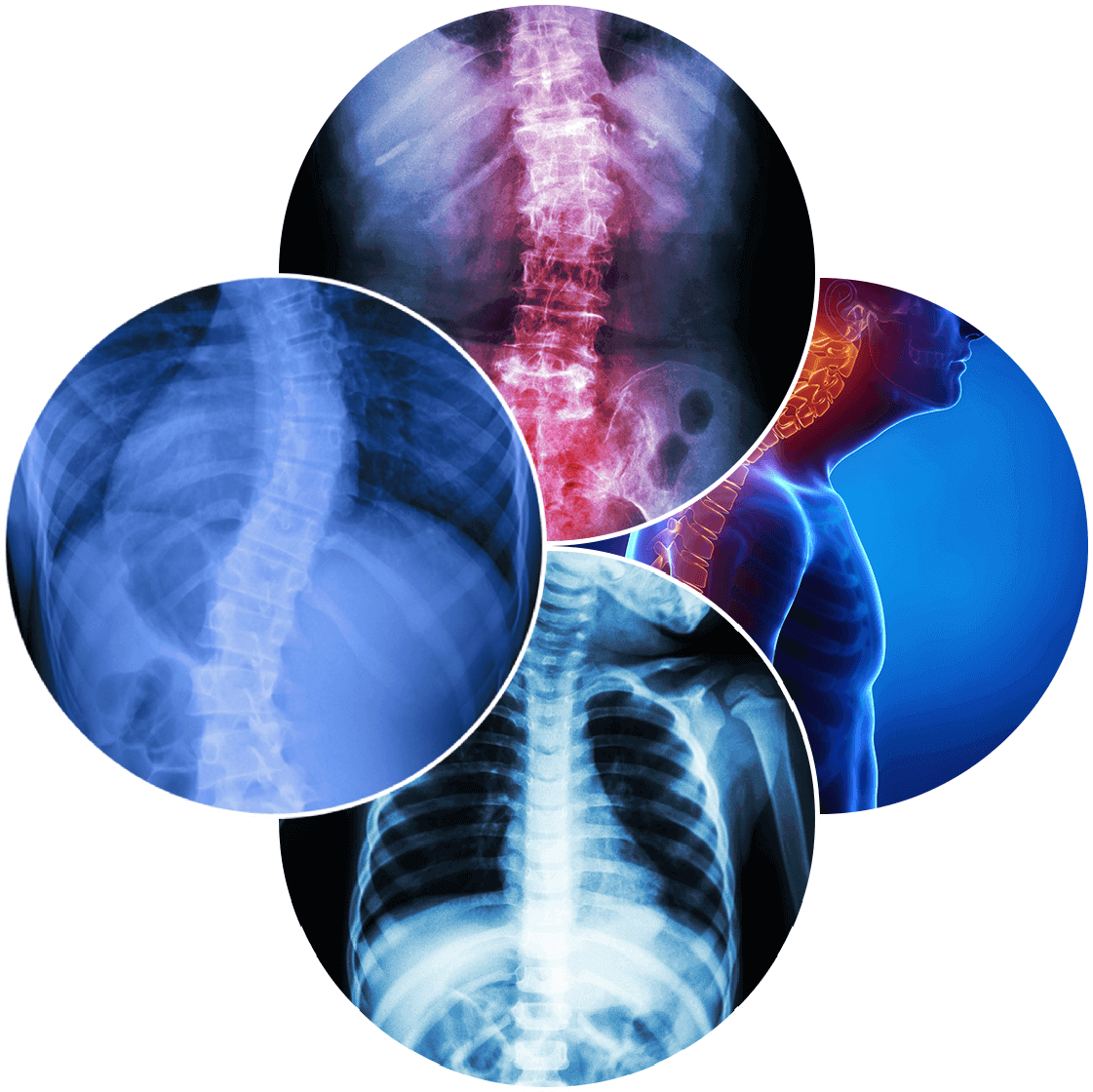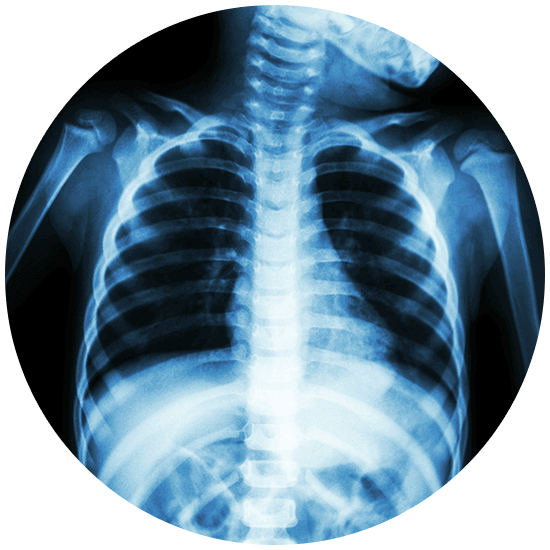Scoliosis Bracing

Scoliosis Bracing: Overview, Advantages, & Eligibility Criteria
Believe it or not, orthopedists have used bracing to treat scoliosis for millennia. In fact, we can trace evidence of scoliosis bracing—although rudimentary in design—to Hippocrates in the 5th Century B.C. Yes, that’s B.C.! Needless to say, the long history of back bracing attests to the equally long existence of scoliosis. The difference? Today’s advances in spinal deformity treatment provide revolutionary options for scoliosis intervention and spinal correction.
Although medicine has made leaps and bounds in scoliosis surgery, doctors prefer to use less invasive treatment methods whenever possible. Bracing—particularly for adolescents—provides a life-changing, nonsurgical alternative to spinal fusion and vertebral tethering procedures.
Types of Scoliosis Braces
The type of brace suggested will depend on the individual’s age, as well as the severity of the scoliotic curve. Some braces are worn during the day; some at night; and others must be worn practically all the time. In general, however, your doctor will prescribe one of two basic scoliosis braces: rigid or dynamic.
Rigid Brace: Composed primarily of a hard plastic, the rigid brace treats scoliosis in children or adolescents. Your care team will take a cast of the individual’s body and design an adjustable brace that fits his or her needs. Furthermore, your doctor will require that you wear your brace between 8- 23 hours a day, as your condition dictates.
Dynamic Brace: Dynamic is a fancy term for a flexible brace made of an elastic material. This design allows for a wider range of movement in the torso, and arguably, a more comfortable treatment. This type of brace uses traction from the tightening of elastic to provide support. As the elastic encounters resistance, the brace itself gives a gentle pull to the spine in the corrective direction.
If you or someone you know has a spinal deformity, a scoliosis brace can provide the following advantages:
Slowing or stopping the progression of abnormal curvature
The avoidance of painful and invasive surgical procedures
Pain-relief, achieved by added support to the scoliotic spine, especially in adults
The prevention of damage to internal organs, intervertebral discs, and respiration
A modern design allows for less visibility of the brace under clothing
Advantages of Scoliosis Bracing
Although some think of scoliosis bracing as antiquated, orthopedists cannot emphasize the relevance (and benefits) of this technology enough. Moreover, advances in materials and fitting techniques allow for a successful and minimally invasive approach to spinal deformity treatment. Your clinician will tailor each brace to the individual. Especially when using a rigid brace, a mold of your body will drive the design process for your model. Delivering award-winning and individualized care, our team of spine experts at the Advanced Spine Center specializes in custom scoliosis solutions such as these. An internationally-renowned specialist in scoliosis treatment, Dr. Lowenstein will develop innovative, and minimally invasive, solutions to your spinal deformity.
Eligibility for Scoliosis Bracing
For adolescents, eligibility for scoliosis bracing can depend on age, spinal maturity, and the severity of the curvature. For teens, you can achieve best results by starting the bracing process as soon as possible. In particular, the spine’s growth accelerates during the onset of puberty. Using a brace during this crucial time can help to retrain the spine to grow in the correct direction.
However, if left untreated, an abnormal curve will likely worsen during puberty. To prevent this, your doctor will prescribe a brace if your abnormal curvature falls within the rage of 20-50 degrees. (Anything below 20 degrees typically requires less intensive treatment. Anything over 50 degrees will require surgery to combat further progression and medical complications, such as breathing problems.)
For adults, scoliosis bracing aims to alleviate the pain and discomfort associated with an abnormal curvature. The use of a brace in this situation will not help in correcting the curve. However, scoliosis bracing will provide stability and support to relieve spinal pain and pressure. More specifically, orthopedists prescribe the use of flexible (or dynamic) braces over rigid brace options for adults.

